The Temple of Literature, Hanoi, Vietnam’s first national university founded in 1076, stands as a living symbol of Confucian learning, scholarly excellence, and architectural elegance. This historic site, home to the Khue Van Pavilion, Well of Heavenly Clarity, and 82 UNESCO-recognized Doctoral Steles, reflects nearly a thousand years of academic tradition. Situated at 58 Quốc Tử Giám Street in the heart of Hanoi, it is a must-see for travelers eager to explore Vietnam’s cultural heritage. With Vietpower Travel, your visit becomes more than sightseeing—it’s a guided journey through centuries of wisdom and artistry.
The story begins in 1070, when Emperor Ly Thanh Tong ordered the construction of a temple dedicated to Confucius, the great Chinese philosopher whose teachings shaped governance and education throughout East Asia. The temple also honored Chu Cong and the Four Sages, creating a sacred space for reflection, study, and ceremony.
Among the legends surrounding this historic site, few are as captivating as the tale of the golden turtle. According to folklore, this mystical creature presented a king with a magical sword, a gift that helped him secure victory against foreign invaders. This story connects the temple not only to scholarly heritage but also to Vietnam’s enduring spirit of resilience.
Just six years later, in 1076, the Imperial Academy—Vietnam’s first official university—was founded within the temple grounds. Initially, it was an elite institution for princes and the sons of high-ranking officials. Over time, it opened its gates to gifted individuals from beyond noble families, allowing exceptional minds from across the nation to study Confucian philosophy, literature, and governance.
Hidden within this scholarly haven was a feature few people today are aware of: a secret tunnel linking the academy to the Imperial Citadel. This concealed route served as a means for discreet communication and, in times of unrest, a secure escape path for the royal family and their most trusted advisors.
Over the centuries, the Temple of Literature Hanoi weathered wars, political changes, and natural wear. Some buildings suffered damage, yet the site’s cultural importance ensured ongoing restoration efforts to preserve its legacy. Today, it retains its original layout while offering modern visitors an authentic glimpse into Vietnam’s academic past.
In 2010, the temple’s 82 Doctoral Steles—stone tablets inscribed with the names of those who passed the highest imperial examinations—were inscribed on UNESCO’s Memory of the World Register. These steles, mounted on the backs of stone turtles, are more than just historical records; they are enduring tributes to the dedication, intellect, and perseverance of Vietnam’s scholars.
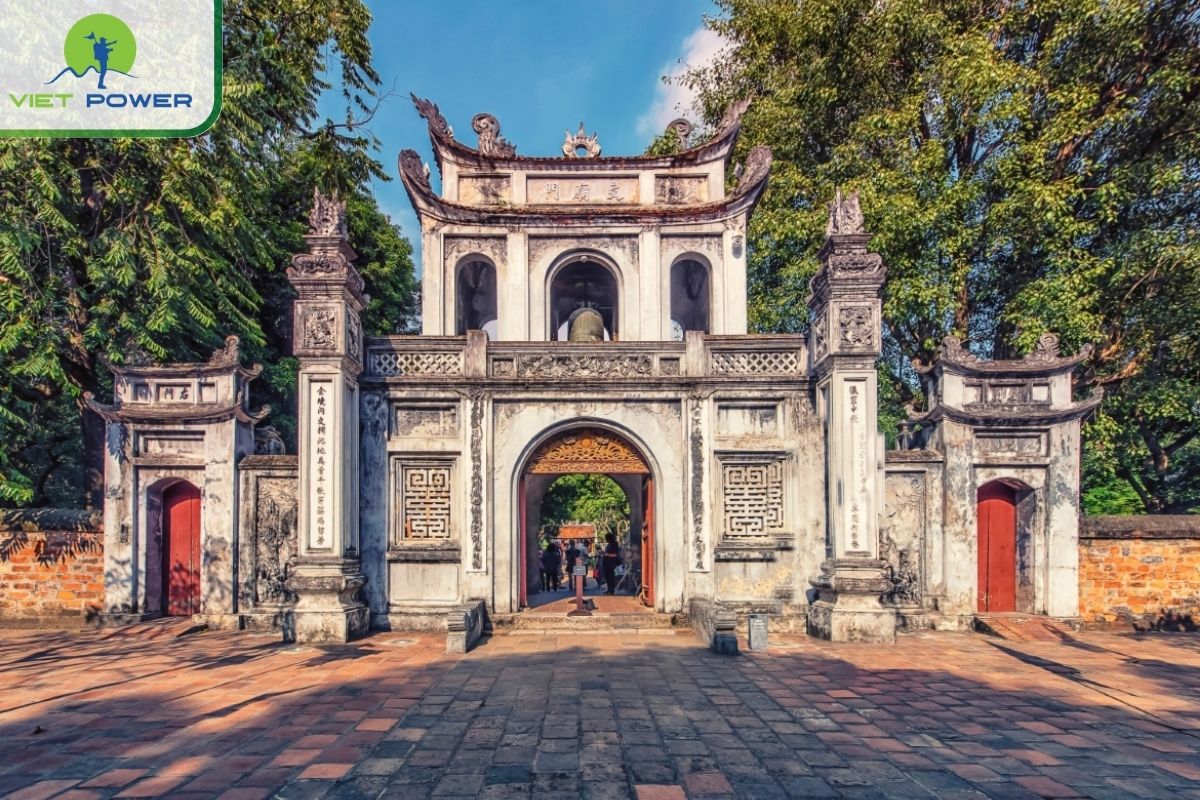
The temple’s layout is divided into five sequential courtyards, each representing a stage in the pursuit of wisdom. Moving from one to the next feels like passing deeper into the values of Confucian scholarship. This progression is deliberate, reflecting the belief that education is a gradual ascent, both intellectually and spiritually.
As you pass through the outer gates, Hanoi’s city noise fades behind you. Ahead rises the Great Middle Gate, its wooden beams painted deep red and crowned with a roof of curved tiles. To the left is the “Gate of Accomplished Virtue” and to the right, the “Gate of Attained Talent”—names that express the qualities a scholar must cultivate. Walking this path is like entering a ceremonial threshold where learning begins.
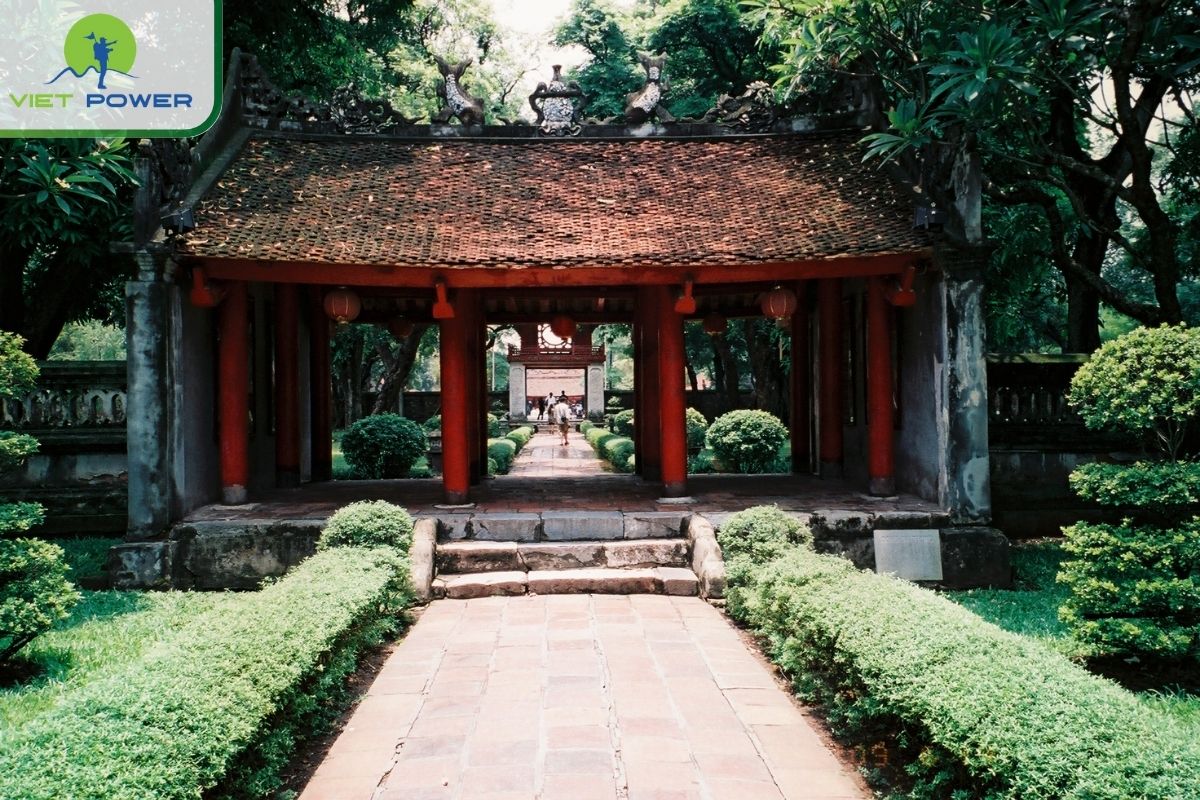
Beyond the Great Middle Gate stands the Khue Van Pavilion, perhaps the most celebrated architectural feature of the temple and a proud symbol of Hanoi. Built in 1805, it sits atop four white stone pillars, supporting an upper level with bright red walls and intricately carved circular windows. The name “Khue Van” refers to a luminous star in East Asian astrology, associated with literature and scholarship. For locals, it embodies the light of knowledge guiding future generations.
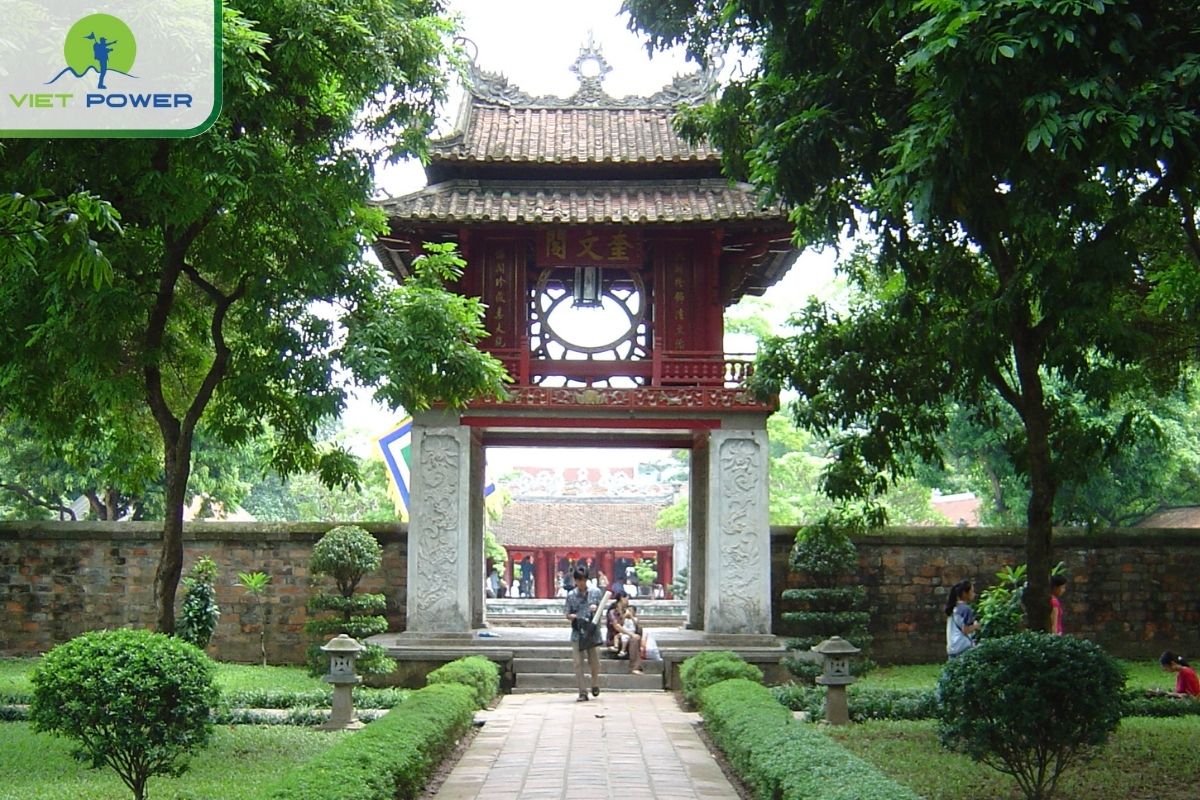
This courtyard centers around the Well of Heavenly Clarity, a perfectly square pond whose surface reflects both the sky and the surrounding architecture. In Confucian philosophy, the square symbolizes earth, while the sky’s reflection represents heaven—together, a reminder that harmony between the two is the highest goal. Flanking the well are two rows of stone steles, each carried by a carved turtle. These tablets list the names and origins of scholars who passed the royal examinations from 1442 to 1779, making them a priceless record of Vietnam’s academic elite.
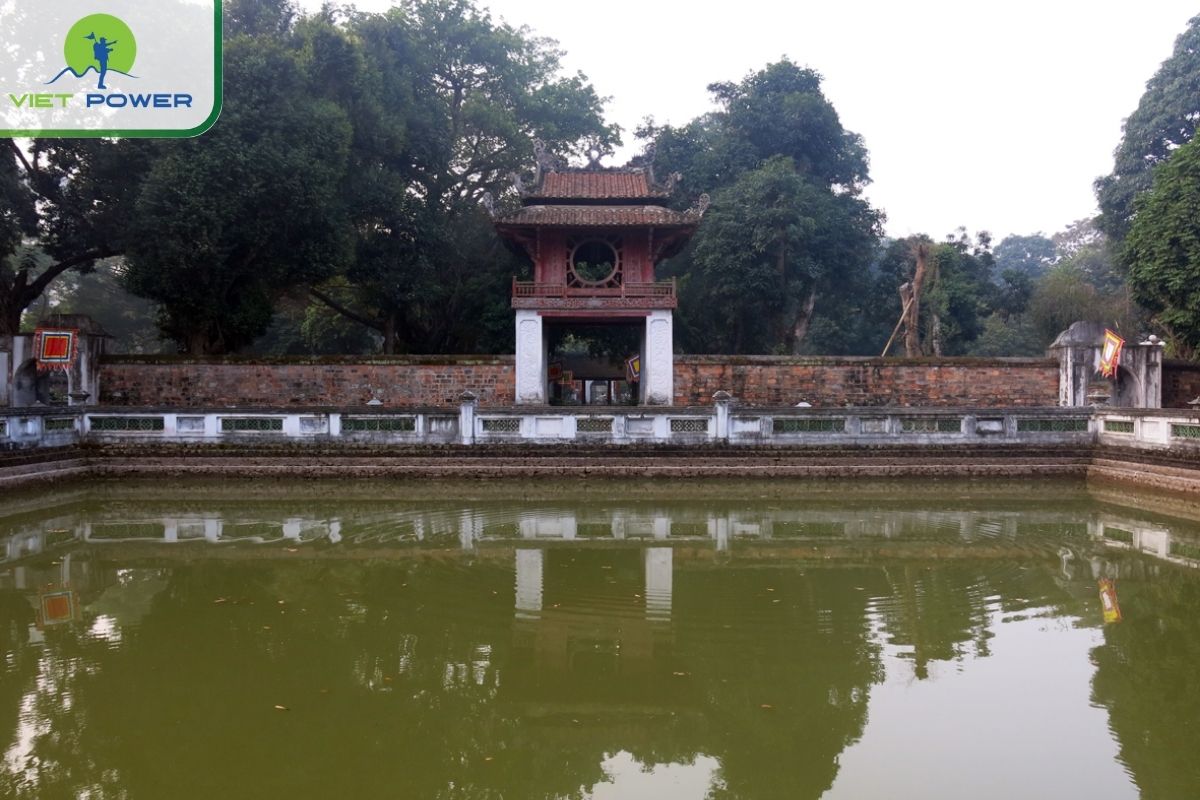
Passing through the Dai Thanh Gate brings you into the most sacred part of the temple. Here stands the main sanctuary, honoring Confucius and his four foremost disciples. The hall’s wooden beams are richly decorated, and the air is thick with the scent of burning incense. For centuries, this has been a place where both students and officials offered prayers for wisdom before embarking on important scholarly or governmental duties.
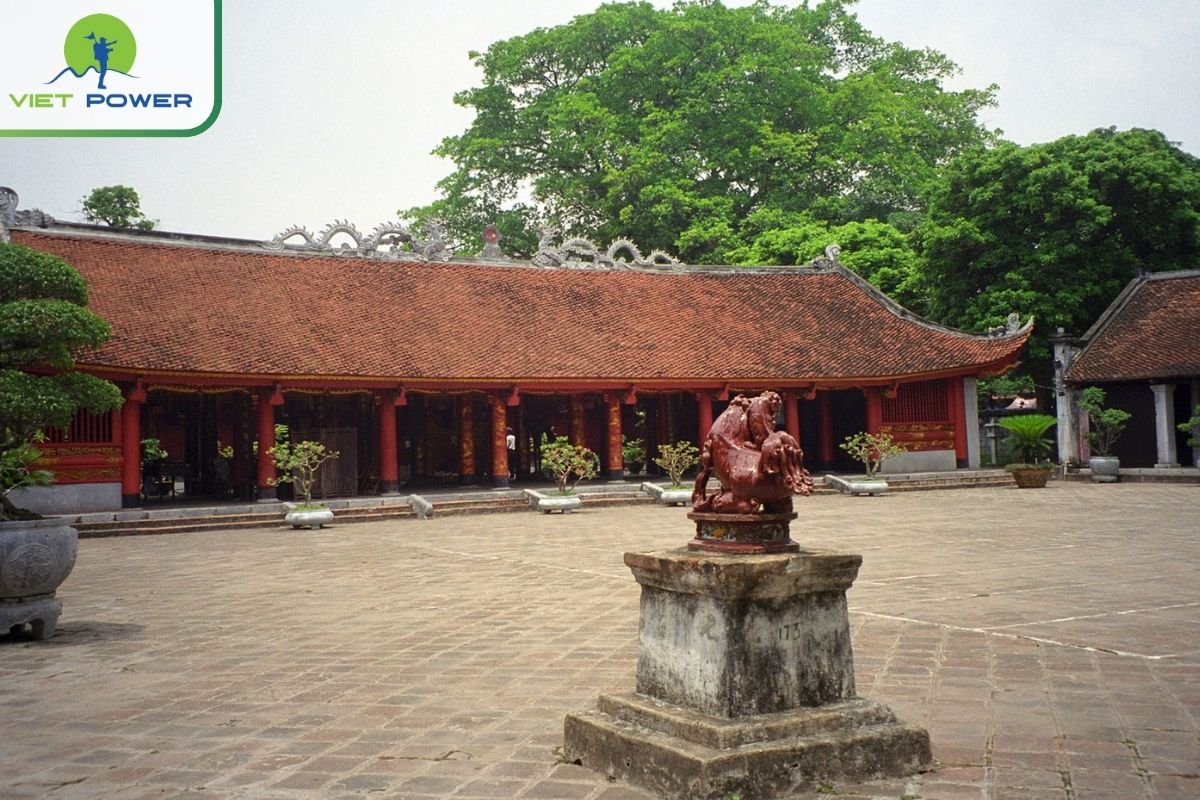
At the far end lies the Thai Hoc Area, rebuilt on the site of the original Imperial Academy. Inside, exhibits display traditional academic robes, examination papers, and other artifacts of Vietnam’s educational history. In the central hall stands a statue of Chu Van An, one of the nation’s most respected teachers, remembered for his integrity and devotion to learning.
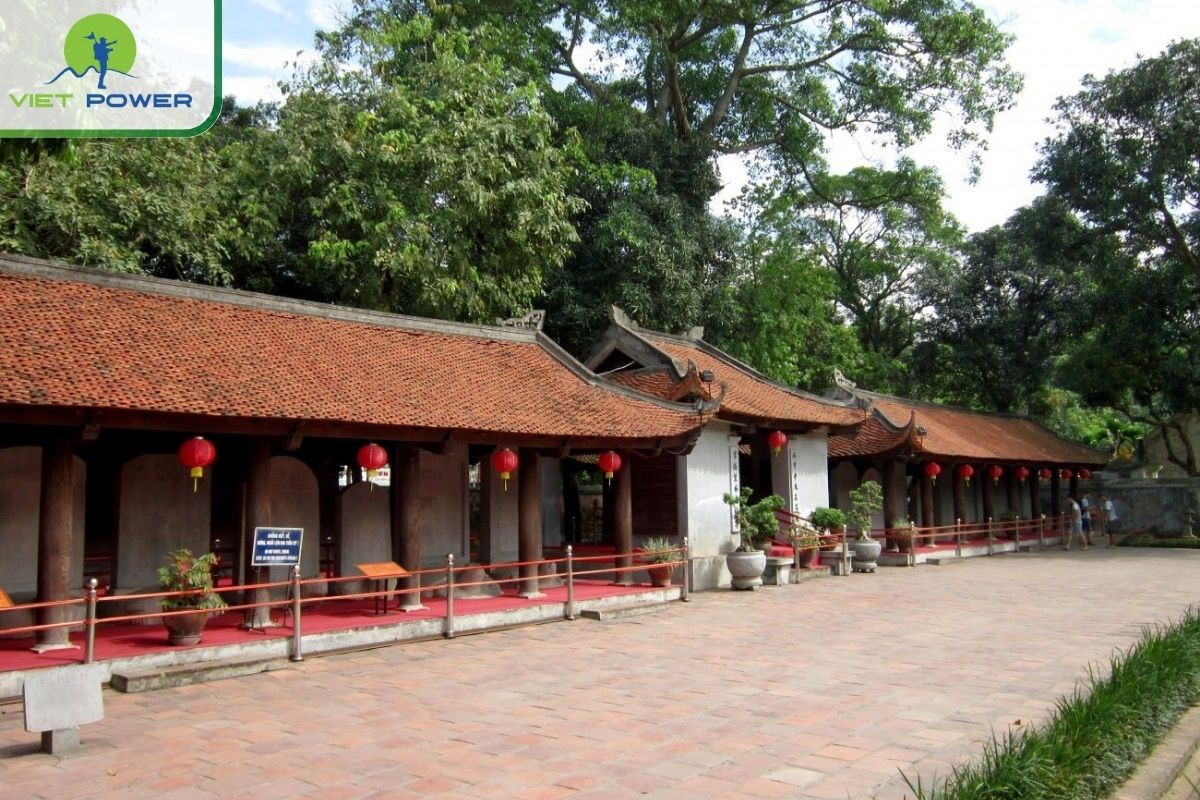
Look closely at the temple’s pavilions and you’ll notice the graceful upward sweep of their roof corners. These “flying eaves” serve both beauty and function, allowing rain to fall away from the walls while giving the buildings a sense of lightness, as though they are lifting toward the sky.
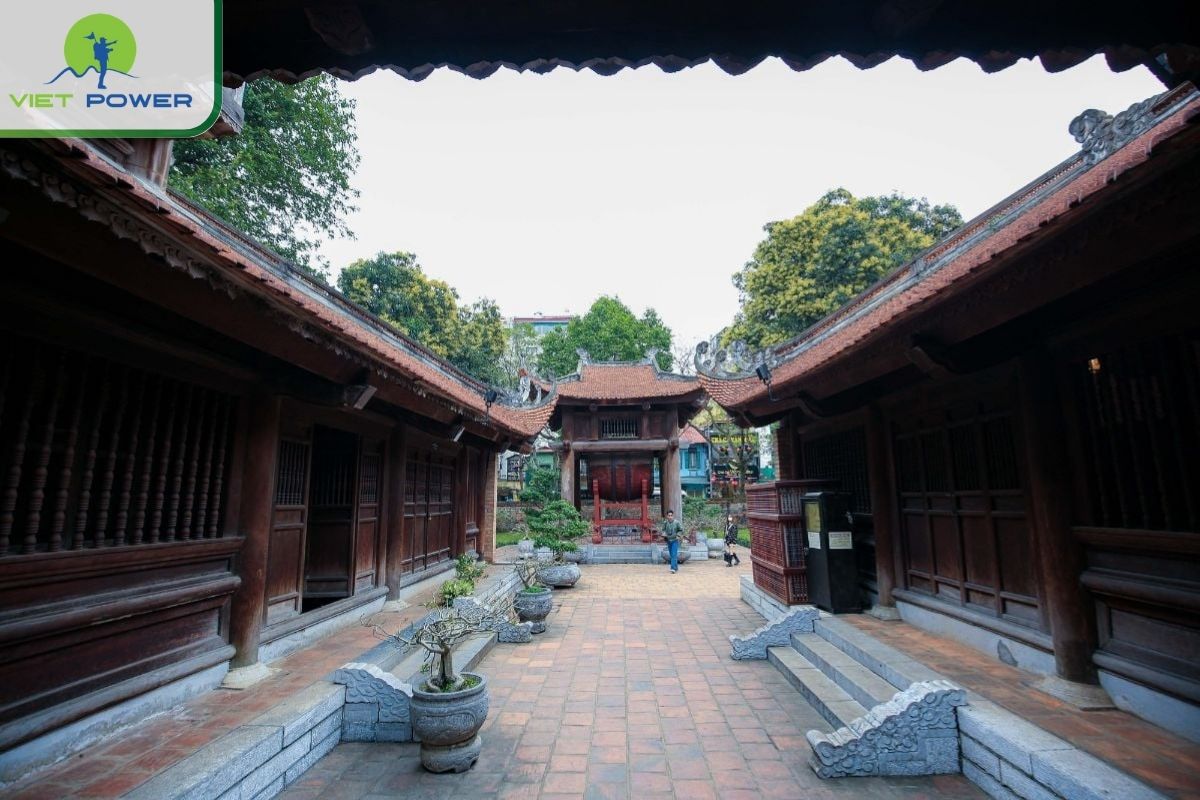
In the third courtyard, the Well of Heavenly Clarity is more than a decorative feature. It’s a symbolic threshold: in the past, scholars would pause here to compose themselves before entering the most revered parts of the complex. Its calm, mirror-like surface is thought to inspire purity of thought and clarity of purpose.
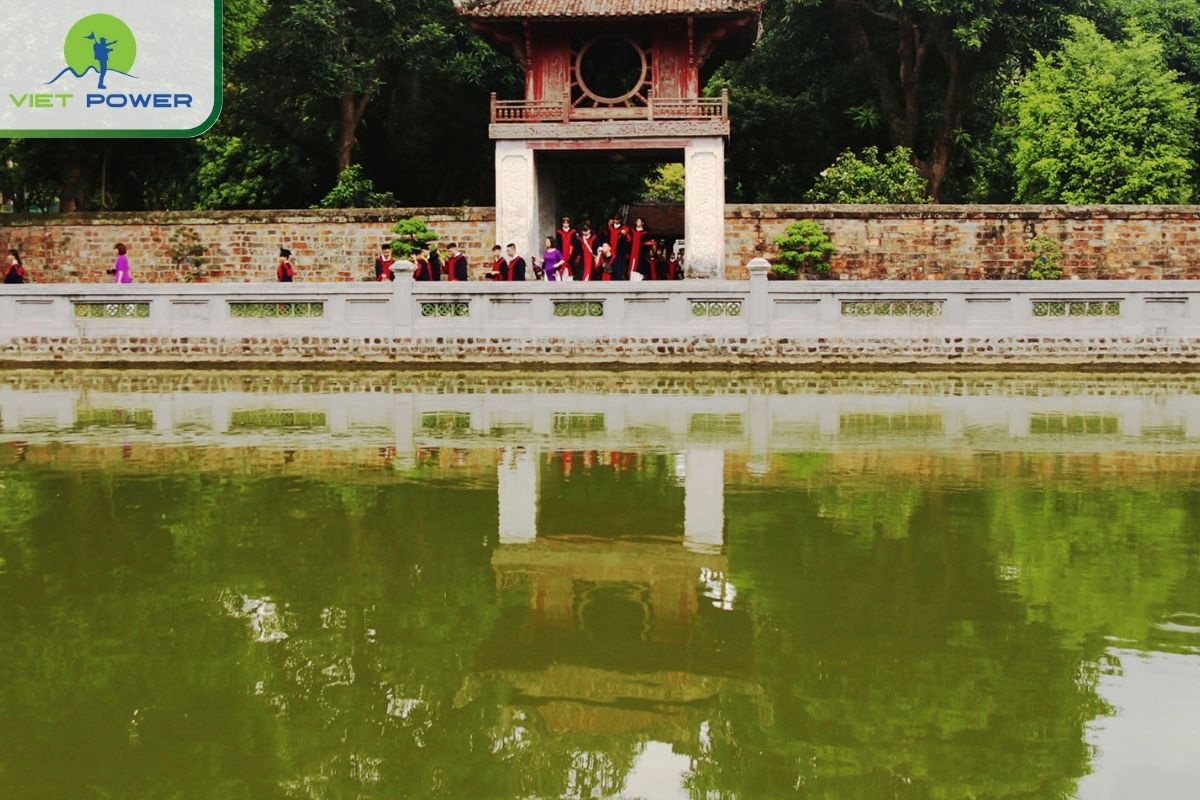
The stone turtles that support the doctoral steles are more than functional bases—they are symbols of wisdom, longevity, and stability. In Vietnamese culture, turtles are one of the Four Sacred Animals, revered for their endurance and deep connection to the earth. The pairing of turtle and stela represents the enduring legacy of education.
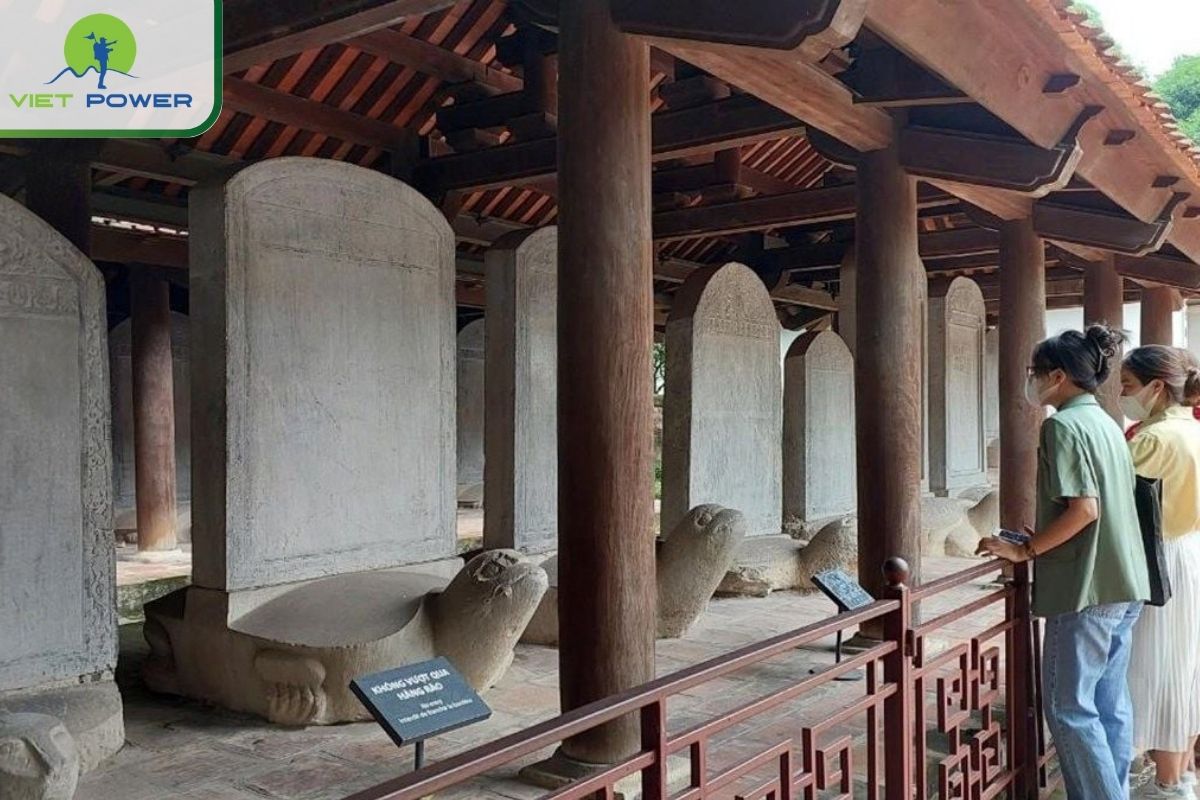
Examine the carvings on the stelae closely, and you may notice subtle yin-yang motifs and other symbolic details. These designs reflect a harmony between opposing forces—a concept that lies at the heart of Confucian, Taoist, and Vietnamese philosophical thought.
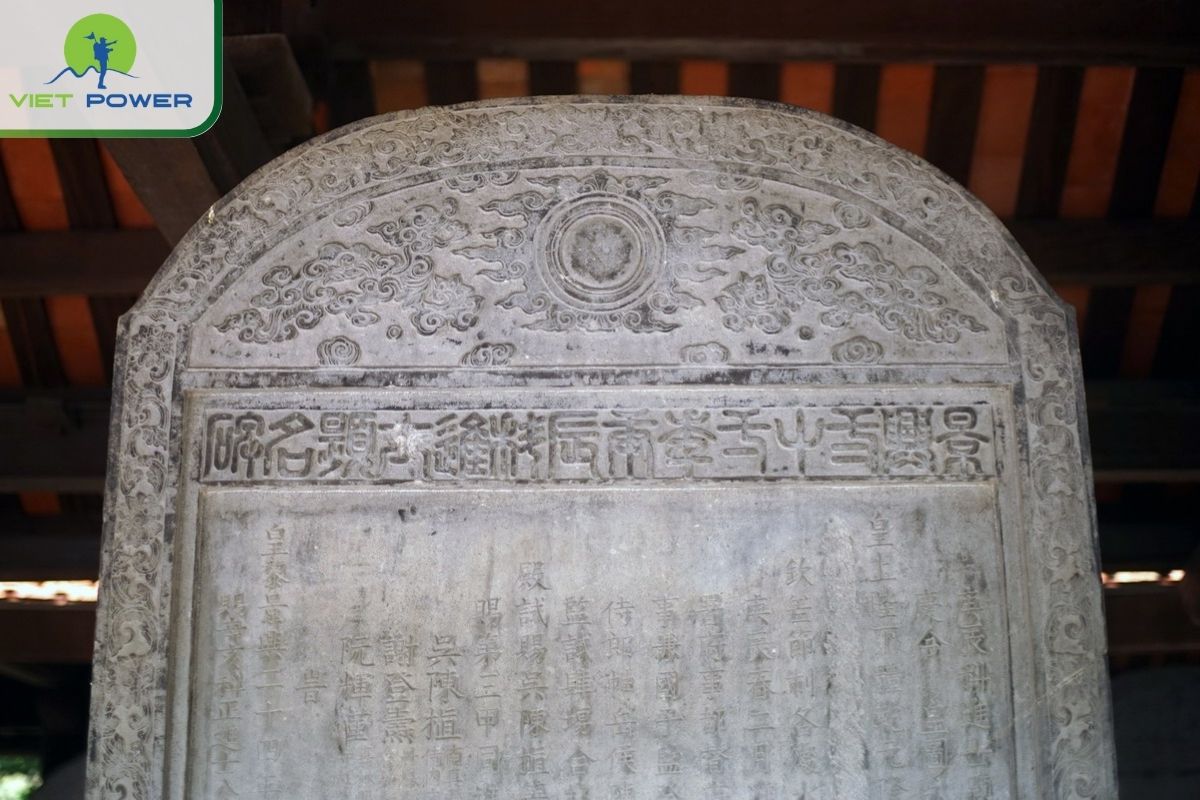
In the Thai Hoc Area stands a massive ceremonial drum, its head made from buffalo hide. Local legends link these drums to Buddhist stories of transformation and moral awakening. The deep, resonant sound of the drum once marked ceremonial events, echoing across the courtyards.
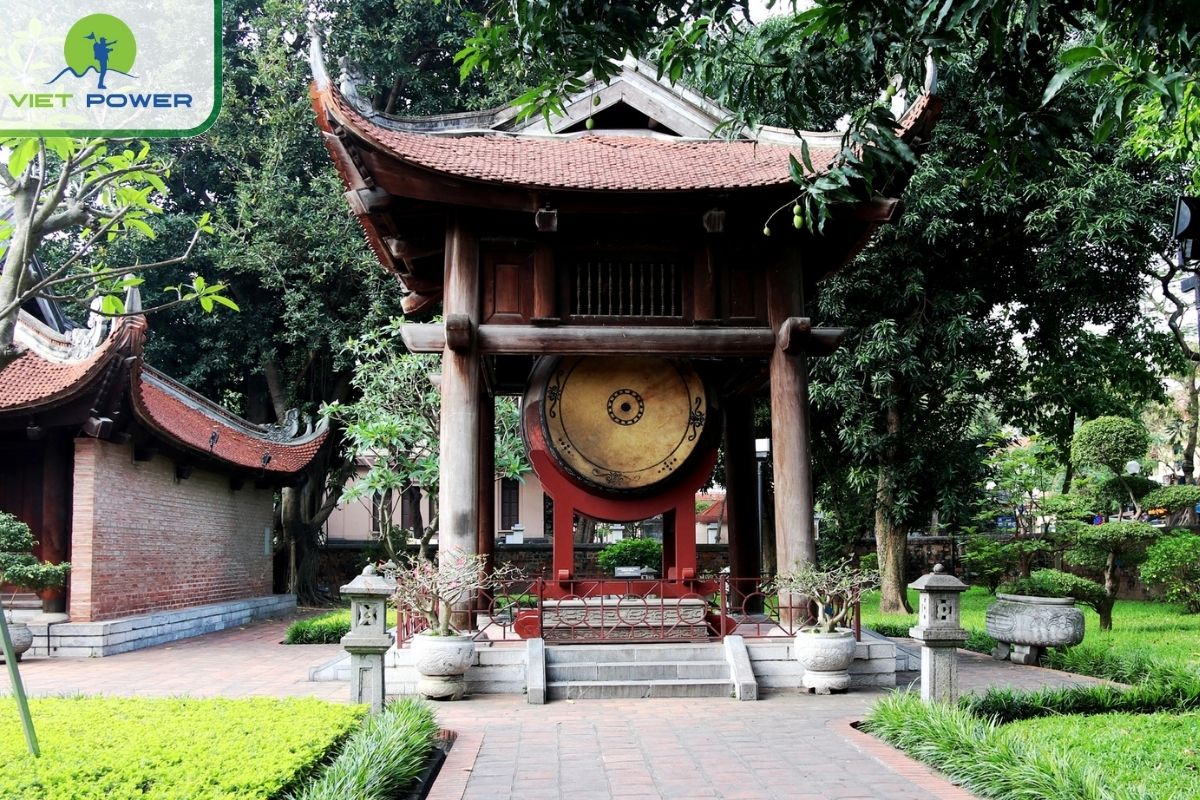
The Temple of Literature Hanoi is situated at 58 Quốc Tử Giám Street, Văn Miếu Ward, Đống Đa District, Hanoi, a short 2–3 kilometers from Hoan Kiem Lake and the Old Quarter, making it an easy addition to any cultural tour of Hanoi travel destinations.
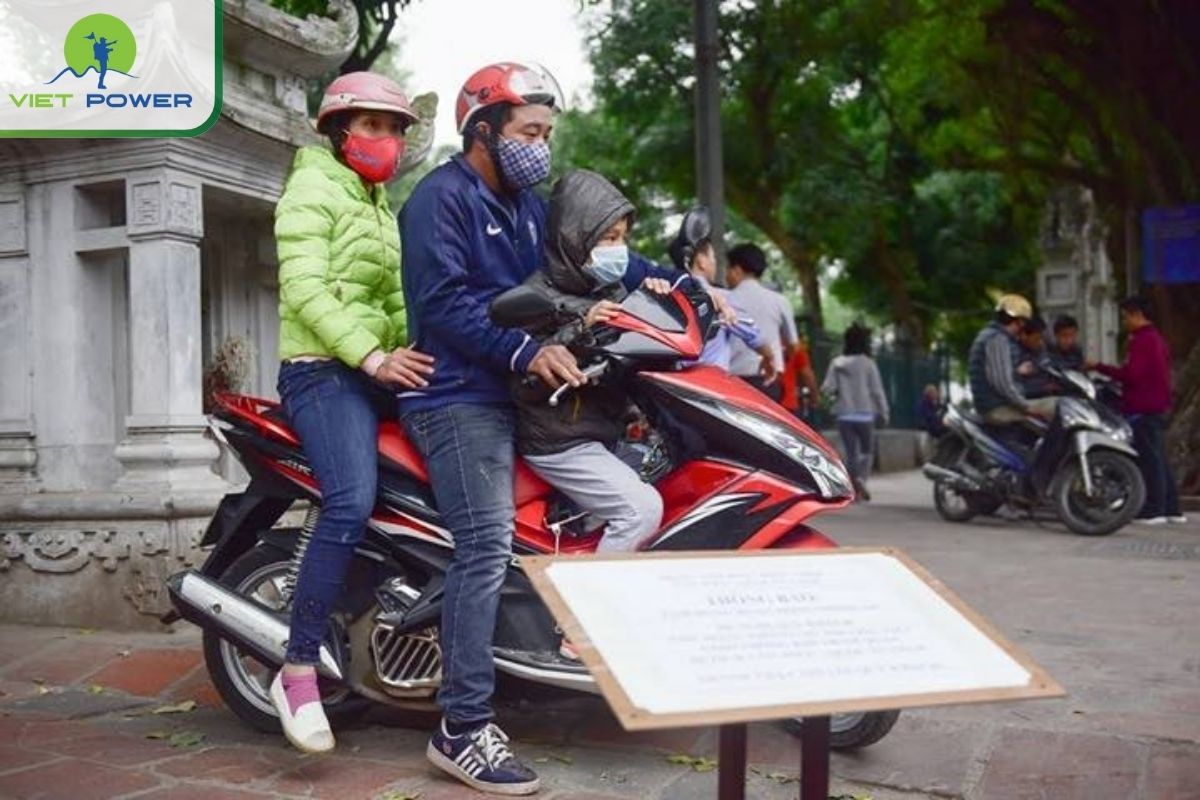
Best Time to Visit
Plan Your Time
Stay Hydrated
Cash Only
Silence and Respect
Facilities
Photography
Extra Tip
|
|
|
|
|
|
|
|
|
|
|
|
|
|
|
|
|
|
|
|
|
|
|
|
|
|
|
|
|
|
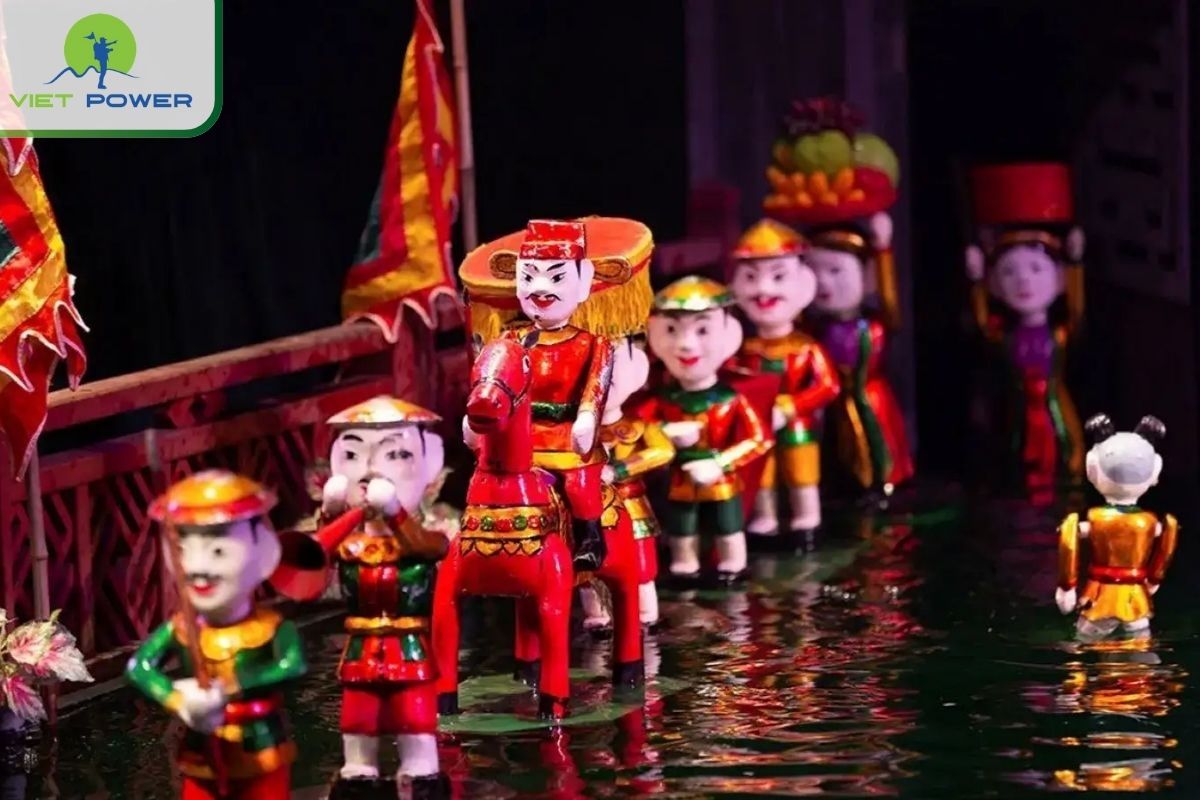
A visit to the Temple of Literature Hanoi offers more than stunning architecture—it immerses you in Vietnam’s intellectual legacy, from the symbolic five courtyards to the stone turtles carrying the names of past scholars. As you walk its shaded paths and sacred halls, you step into a story that began in the Ly Dynasty and continues to inspire today. Pairing this experience with nearby landmarks like the Ho Chi Minh Mausoleum and Hoan Kiem Lake makes for an unforgettable cultural day. Let Vietpower Travel design your perfect itinerary, ensuring you experience the best of Hanoi’s history, artistry, and enduring spirit